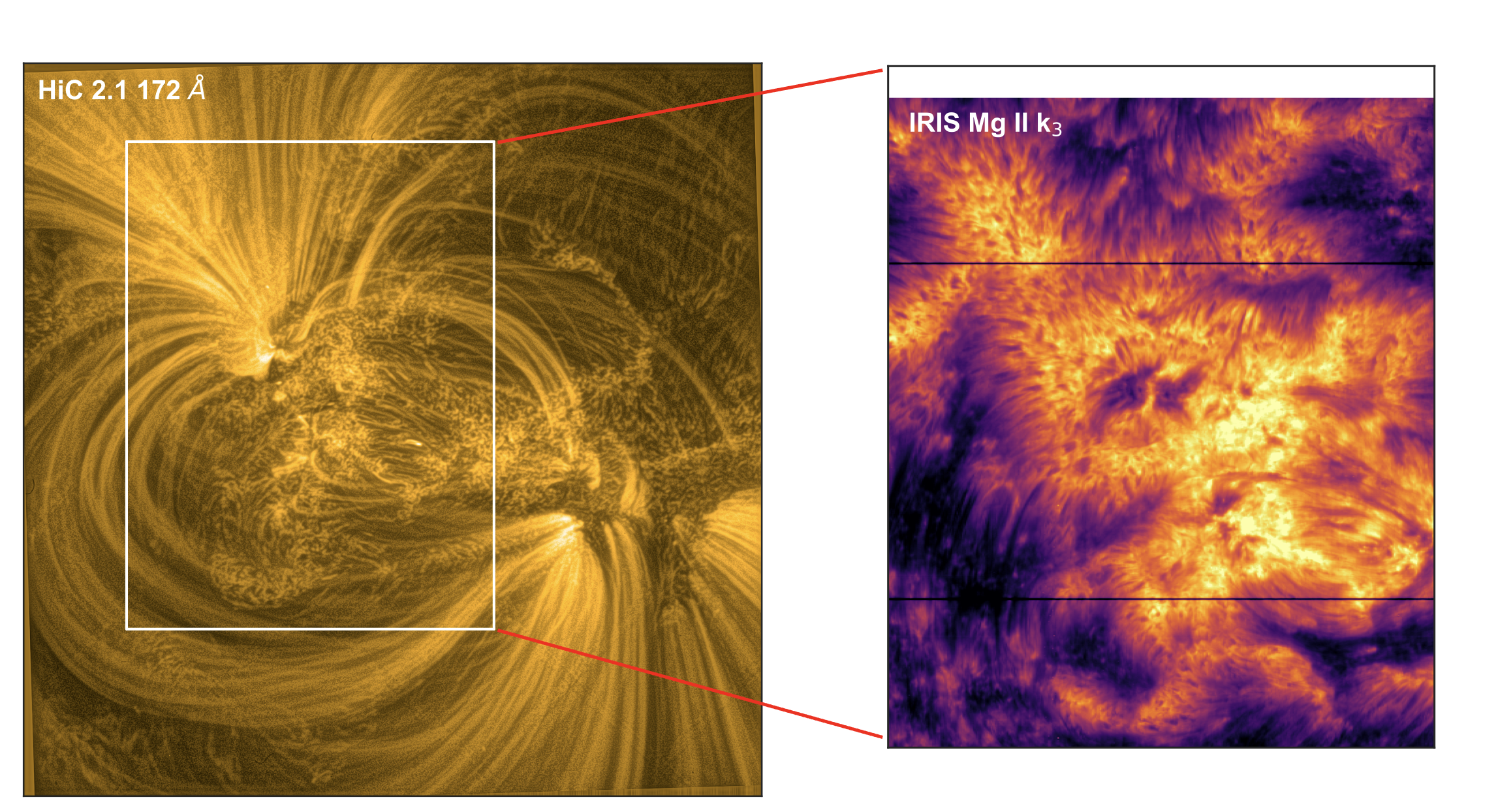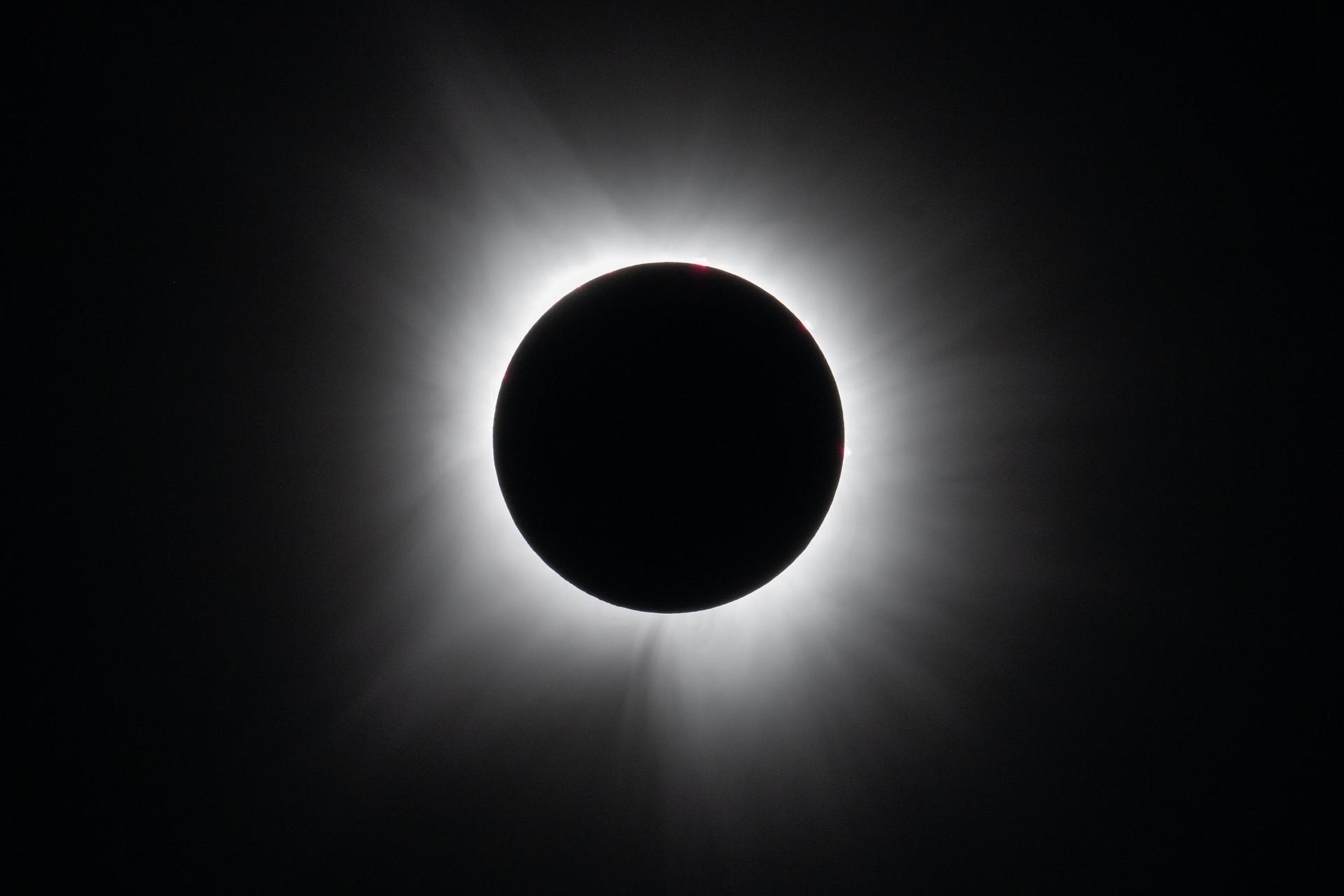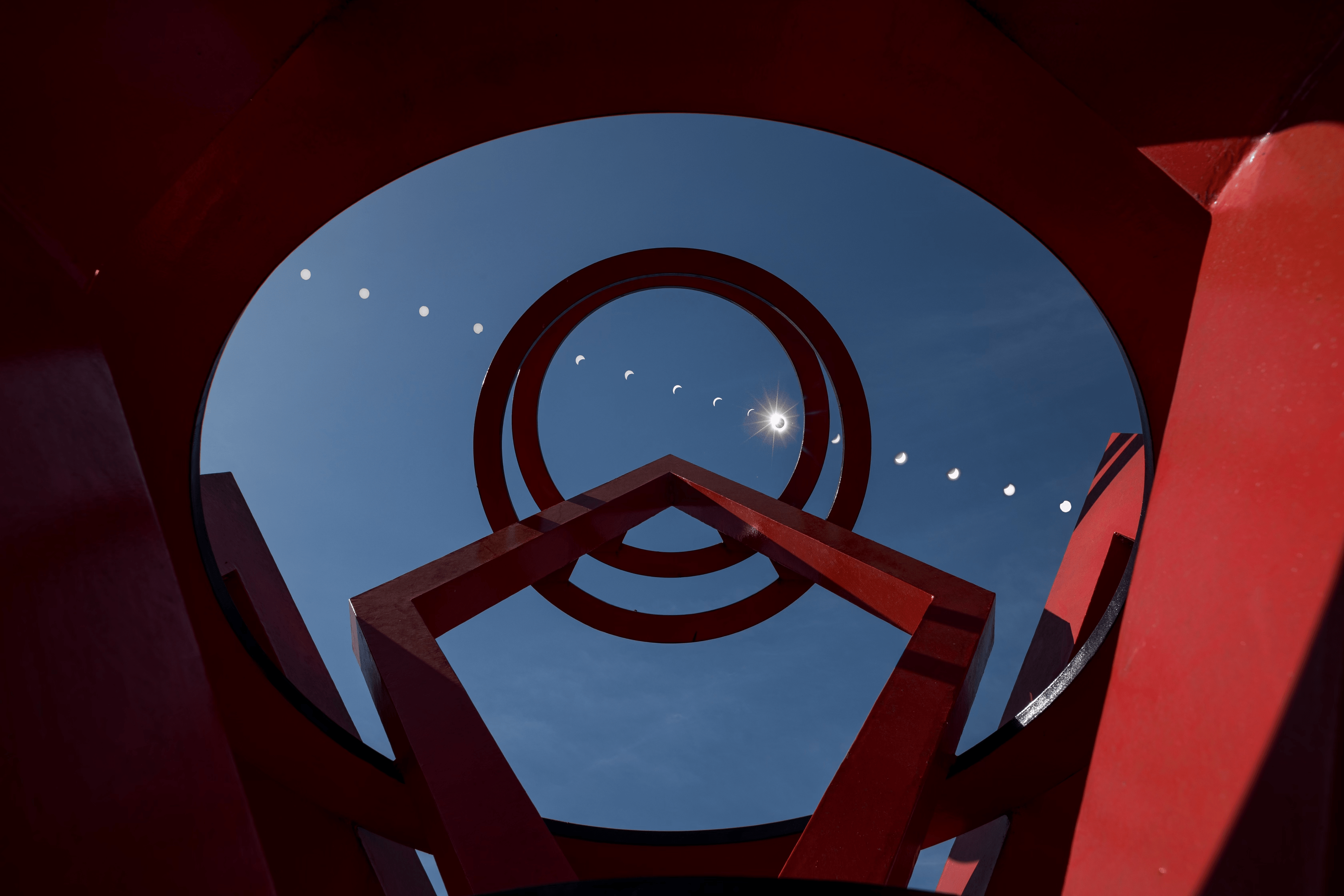4 min read
ESA Science News
http://sci.esa.int
For the second time in its 11-year lifetime, ESA's Ulysses spacecraft is about to fly over the Sun's north pole. On Saturday, 13 October, it will reach its highest north solar latitude (80 degrees north). At about the same time, solar and heliospheric scientists will meet in Oxnard, California, to discuss the latest findings about the heliosphere, the vast region of space blown out by the solar wind and over which our Sun holds sway.
The workshop will compare results from Ulysses, a joint ESA/NASA mission, with those from NASA's ACE and Voyager spacecraft. Each spacecraft views the heliosphere from a different perspective: Ulysses from its vantage point above the Sun's poles, ACE from the ecliptic plane close to Earth, and Voyager from near the boundary between the heliosphere and interstellar space.
"It's relatively easy to compare what's going on at Ulysses with what's going on at ACE because we can get hold of the physics," says Andre Balogh, from Imperial College, London who is principal investigator for the magnetometer experiment on Ulysses.
Ulysses orbits the Sun at a distance that varies from just over one to five times the Sun-Earth distance. Voyager, however, is presently way beyond the orbit of Pluto, about 85 times further from the Sun than the Earth. "Voyager sees a highly processed, churned up heliospheric medium. What happens between Ulysses and Voyager is anyone's guess - but that's what we're in the business of doing," says Balogh.
One topic for discussion at the workshop will be why Voyager has not yet crossed the boundary between the heliosphere and the local interstellar medium (LISM). "The termination shock should be very close to where Voyager 1 is now, but it hasn't been seen yet," says George Gloeckler, from the University of Maryland, who is principal investigator for the Solar Wind Ion Composition Spectrometer (SWICS) on Ulysses. "We'll be discussing new estimates of its location using the pressure balance between the LISM and the solar wind and other arguments to see if we can better estimate the size of the heliosphere," he adds.
Ulysses will complete its north polar passage on 10 December, when it passes 70 degrees north solar latitude on the other side of the Sun. Then, for the second time during its 11-year lifetime, it will head out towards Jupiter's orbit on the long leg of its six-year circuit around the Sun. The intrepid spacecraft will continue to monitor the state of the heliosphere as solar activity calms down from maximum, which has just passed, towards the next solar minimum.
During this summer, NASA approved sufficient funds to keep the spacecraft operating until December 2003 and agreed to review any further funding in mid-2003. Last year, ESA approved its share of the funds until September 2004. If NASA later approves funds to keep the spacecraft operating until this date, Ulysses will end its travels on a high note, having completed two full solar orbits and observed a solar cycle from minimum to maximum to minimum again from its unique position outside the ecliptic plane.
For further information please contact:
Dr Richard Marsden
Ulysses project scientist, ESTEC, The
Netherlands
Tel: +31 71 5653583
Email: Richard.Marsden@esa.int
USEFUL LINKS FOR THIS STORY
- More about Ulysses http://sci.esa.int/ulysses
IMAGE CAPTIONS:
[Image 1: http://sci.esa.int/content/searchimage/searchresult.cfm?aid=11&cid=12&oid=28608&ooid=17995]
Ulysses will soon pass over the Sun's north pole for the second time in its 11-year lifetime.
[Image 2: http://sci.esa.int/content/searchimage/searchresult.cfm?aid=11&cid=12&oid=28608&ooid=28659]
Voyager 1, the farthest manmade object in the Solar System, has not yet crossed the boundary between the heliosphere and the local interstellar medium.
After completing their primary planetary exploration missions, several spacecraft are now traveling through the vast reaches of space over which the Sun's extended atmosphere and magnetic field dominate. This region, called the heliosphere, is probably many times the diameter of the orbit of the outermost planet of the Solar System, Pluto. The outer boundary of the heliosphere, called the heliopause, is formed when the interstellar gases and magnetic fields exert more pressure then the gases and magnetic field associated with the Sun, forming the vast cavity of the heliosphere within. One of these spacecraft will most likely be the first spacecraft to go beyond the heliosphere and become the first interstellar traveler. Image courtesy of NASA.







